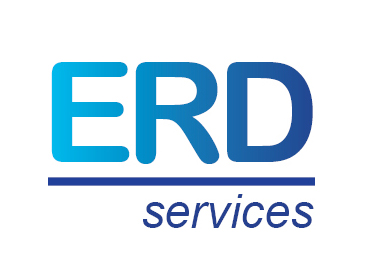COVID-19: Work at Home Will Be the New Normal
A lot has been said already about how COVID-19 will change our lives at work. White-collar jobs have moved to WaH. In the short-term, WaH has led to a surge in workplace services, and related services such as connectivity, security. It is becoming increasingly clear that companies will make the most of WaH adoption.
COVID-19: WaH Will Drive Prices Down
On the client side, French automotive OEM PSA has warned that WaH is the new normal and that work in the office (WiO) will be the exception. The company plants its corporate staff will only spend 1.5 days in the office. The company expects that social distancing will reduce the density of employees in the office and that it will need to create more meeting rooms. Still, PSA targets significant savings in its real estate costs.
On the vendor side, several vendors have noticed WaH is reducing costs and are now bidding at more competitive prices to displace the competition. The service world is adapting its prices to win market share or mitigate client pressure on price.
Expect Attrition to Rise
No all employees will enjoy working from home, for several reasons: they will mix the social interactions, they just can’t work in the corridor or the living room (think those that live in big cities where real estate is expensive), or have young children.
Also, we expect horror stories to arise. During the lockdown, a small and rising of firms have started monitoring the activity of their employees, relying on specific software (that takes screenshots regularly), or asking employees to keep their webcam on. We think this employee-tracking approach is definitively not adequate for empowering engineers and employees. It will happen, though, and attrition will rise in these firms prone to employee surveillance.
The Collapse of the Aerospace Industry Will Reshape the ER&D Industry in Europe
For many years, the European aerospace industry, and in particular Airbus and its ecosystems of suppliers, was an ideal client. It offered long-term visibility on programs, and while it put on hold major aircraft programs, it needed help on the manufacturing side to address its backlog of planes. Of course, this is no longer true, and the change happened almost over-night. Altran, Akka, Alten, and Expleo will be hit the hardest by the collapse of aerospace ER&D spending.
The European Automotive Industry Will Adopt Offshoring
Meanwhile, the automotive sector in Europe has been suffering for many years. While OEMs and suppliers have invested in technology related to electric vehicles (EVs), autonomous vehicles (AVs) and new mobility services, they have put pressure on mechanical engineering and PLM services, while investing in digital and embedded systems. The transition has not been easy for ER&D service vendors: Bertrandt and EDAG may service German premium OEMs: they have struggled for years in terms of revenue growth and profitability. Meanwhile, French OEM Renault is planning to reduce its ER&D costs significantly. We think offshoring will be part of the move.
In the US, the Situation Will Be More Balanced
The situation is the US aerospace and automotive industry is no different than in Europe. In fact, with its 737 MAX fiasco, Boeing faces even stringer challenges than Airbus.
However, North America has the world’s leading high-tech industry. This industry is overall growing fast. We expect the high-tech industry to suffer during the crisis but not collapse like the aerospace sector, and to a degree, the automotive industry, will. ER&D vendors will to some degree be able to transfer their employees with digital, digital manufacturing and embedded systems skills to high-tech.
Will Manufacturing Move to WaH?
Once companies realize they can now reduce the size of their office footprint, they will look at their manufacturing plants. People will argue that production jobs require onsite presence and that manufacturing plants are typically located where space is cheap and often subsidies from local authorities. They are correct and WaH will be start small and be pervasive.
WaH will rise thanks to digital manufacturing, initial through remote assistance and support roles to reduce field services: experts that do not have the time to travel to the location of the client, will view the situation through webcams carries by plant operators, and access 3D equipment plans to conduct maintenance or repair work.
Additive manufacturing will also have a role to play. While 3D printing has been here for several years, it has remained a low-growth industry marked by continued technology investment. We think COVID-19 will drive the expansion of additive manufacturing for short series manufacturing.

